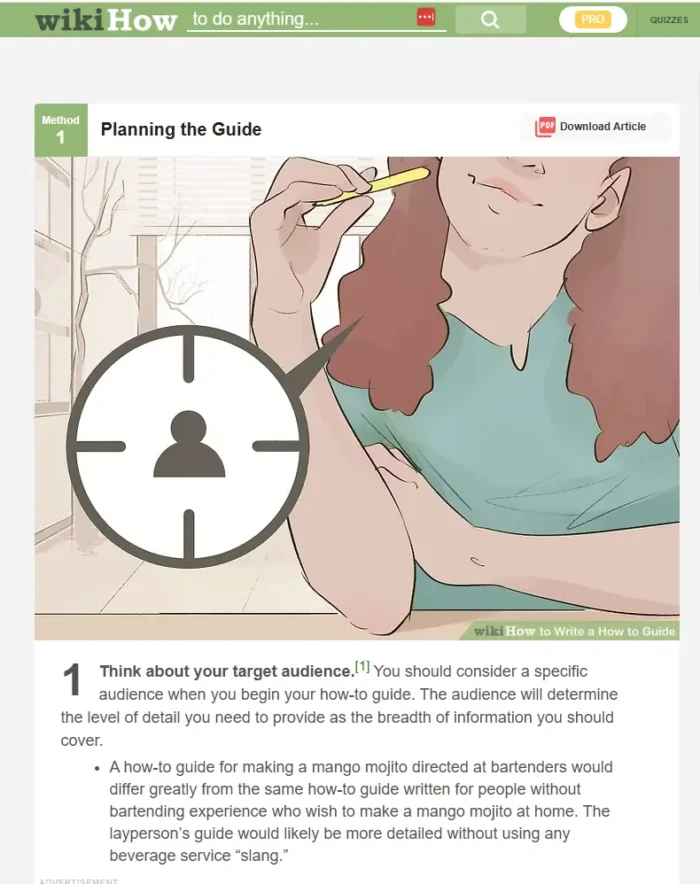Pride Month: How to celebrate the LGBTQ+ community without sexualizing it
5 ways to prevent your marketing campaign from falling flat.

As we come to the end of Pride Month, it is worth remembering what Pride is meant to be: the promotion of self-affirmation, dignity, equality and increased visibility of LGBTQ+ people as a social group. Brands have made great progress reaching out to LGBTQ+ consumers by recognizing and speaking directly to them in ways that might have seemed unimaginable even a few years ago.
Read Ad Age's latest news on diversity, equity and inclusion.
This year, during Pride Month, it seems like virtually every large consumer-facing corporation in America‑–even professional sports teams—adopted some kind of Pride-themed marketing campaign. While this is a positive sign, mistakes were made.
As more brands engage in marketing to the LGBTQ+ community, it’s worth pausing to recognize the campaigns that didn’t work and why. Postmates’ “Eat with Pride” campaign, featuring a “bottom-friendly menu” managed to do just about everything wrong—catering solely to gay men and reducing them to sex objects. Its blunders were no better than those made by Burger King Austria in its ill-fated Pride campaign, including “top” and “bottom” burgers, for which the brand was forced to apologize.
Here’s how brands can avoid similar missteps:
Understand the larger cultural landscape
Postmates and Burger King were attempting light-hearted representations of gay sex. But given the state of the country right now—with members of the LGBTQ+ community under attack in state legislatures and on the streets—this approach ultimately landed as tone-deaf.
Just recently, members of a white supremacist group were charged with plotting violence against Pride marchers in Idaho. The threats to LGBTQ+ people are real and present. While every marketing campaign doesn’t need to be focused on human rights, those by Postmates and Burger King come dangerously close to providing fodder for bigots. It’s refreshing to see sex-positive ads but defining people solely through sexual acts risks dehumanizing them—especially with the bullying and harassment of LGBTQ+ people across the spectrum rampant.
LGBTQ+ encompasses far more than gay men
Unfortunately, for much of the mainstream media, and for some corporations, Pride is only about cisgender gay men. In planning Pride marketing, remember that LGBTQ+, as the name conveys, includes a much larger range of people. The L is for lesbians—something brands could do well to remember.
Gen Z seems to get this intuitively. If you don’t, your marketing campaign will fall flat.
Stay true to your brand
While both Postmates and Burger King incorporated what they were selling into their campaigns, they strayed a bit far outside the usual subject matter consumers expect from them.
Many clever and effective campaigns reference experiences that are not directly connected to their products, but the tone and voice need to be authentic and somewhat consistent. This holds particularly true when a brand is taking a risk, such as alluding to explicitly sexual content. What right does a brand have to create a campaign like this when it doesn’t have a longstanding record of positive action within the LGBTQ+ community?
Be inclusive from the beginning
One of the reasons brands make mistakes with this type of marketing is because the creative teams behind the campaigns don’t reflect the audience. When speaking to LGBTQ+ consumers, you need to consider that this population is intersectional.
The generation coming of age now in America is among the most diverse in history. They know it. Those tasked with speaking to them must look like them and/or have a spectrum of experiences. Otherwise, you wind up with huge blind spots that are easily recognized.
Donations don’t absolve all sins
At the end of the Postmates ad, it is noted that the company donated to the Okra Project, a worthy organization that is addressing the urgent problem of food insecurity faced by Black trans people.
It’s wonderful to make donations, but it’s not enough. Financial support for groups that are doing great work should be table stakes for large, wealthy corporations looking to be allies for the LGBTQ+ community. It’s not a “get out of jail free” card.
We can celebrate the progress we’ve achieved—evident in the sheer number of brands proudly celebrating the LGBTQ+ community—without lowering our standards.
As more corporations realize the importance of communicating their solidarity with a community that is faced with threats on so many fronts, it is more crucial than ever that they do so in a way that helps, rather than hurts, those they claim to be representing.
Subscribe to Ad Age now for the latest industry news and analysis.

 ValVades
ValVades 
































